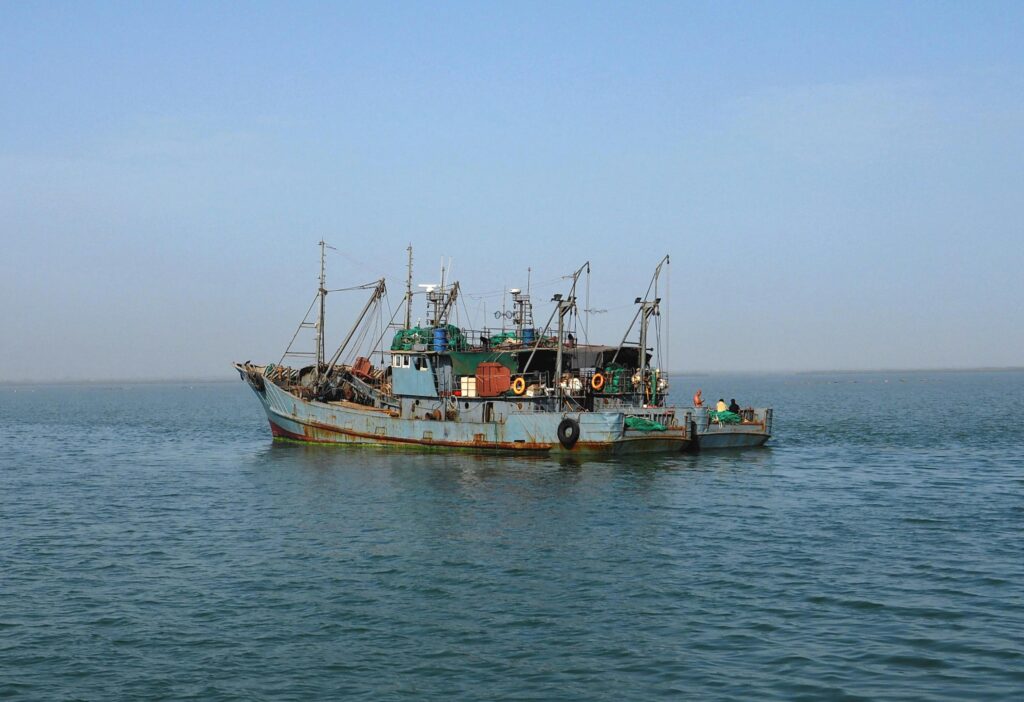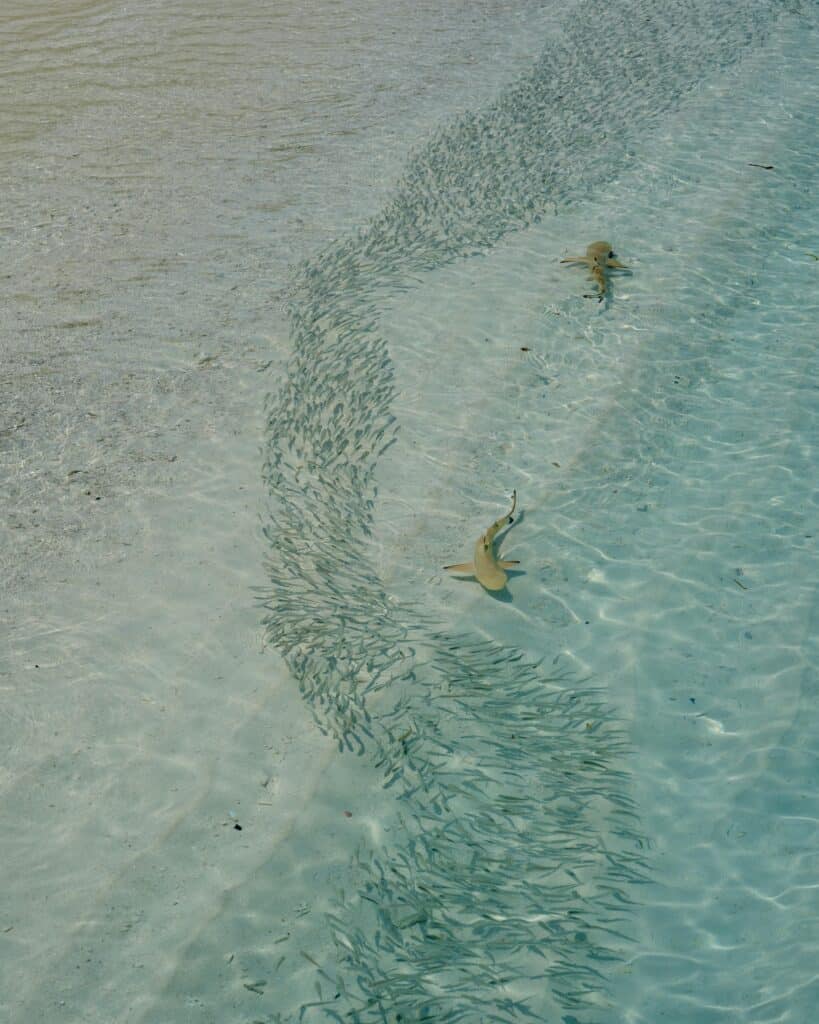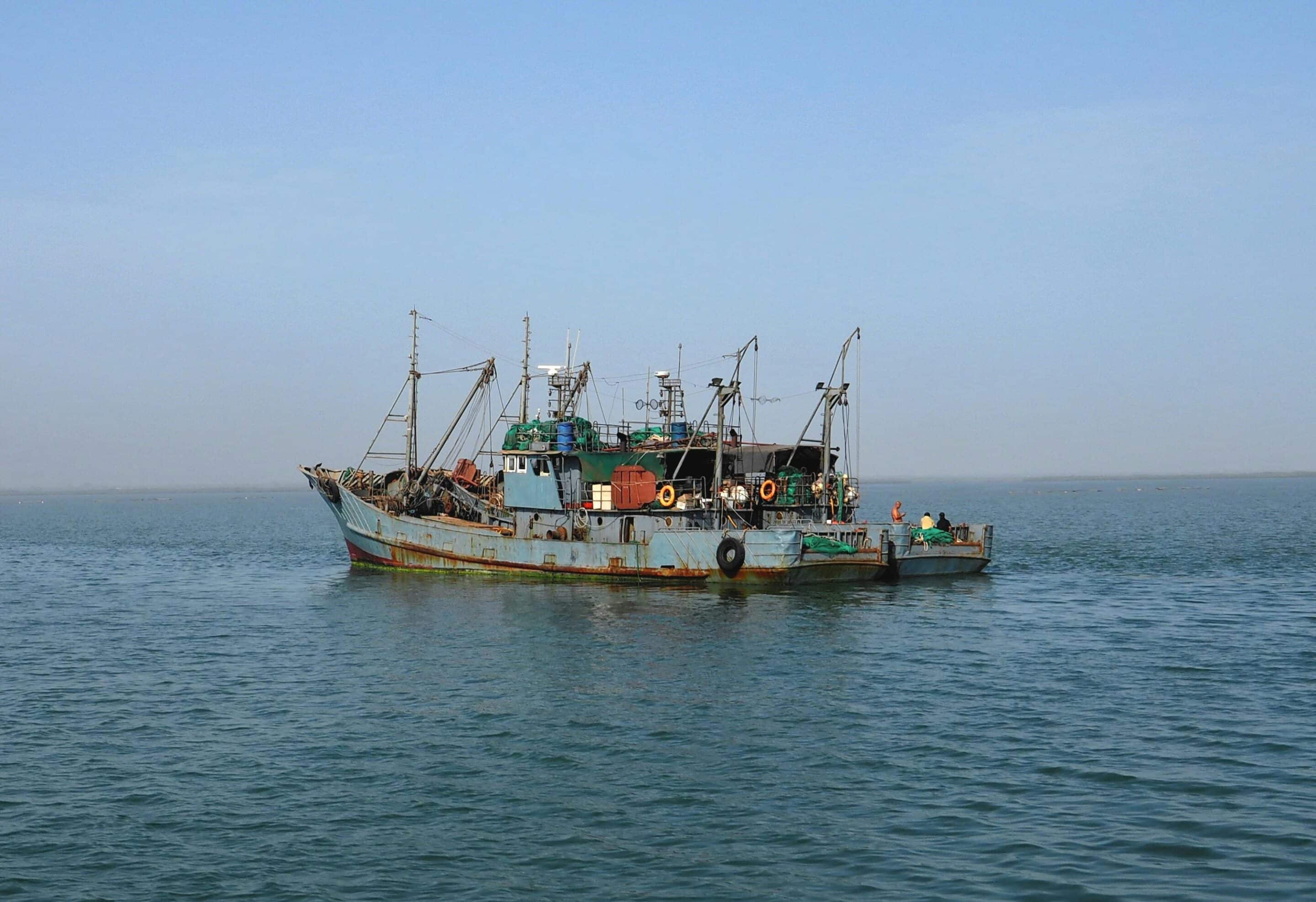If you’re planning to conquer the warm, pristine waters of Flamingo, Guanacaste, Costa Rica on a charter fishing excursion, you’d soon be locking horns with one of the ocean’s most beautiful and formidable giants: the marlin. While this endeavor can arguably be one of your most thrilling adventures, it certainly calls for expert guidance to ensure both safety and success. This article is set to provide you with exactly that – a trove of wisdom and unique insights into Marlin fishing right from those who have it down to a science. Buckle up, your unforgettable journey into the heart of Costa Rica’s marine bounty begins here.

Understanding Marlin Fishing
The world of Marlin fishing can be an exhilarating and rewarding one, but it’s important to first understand the basics before you set out. Marlin fishing involves using either a boat or a shore-based platform to catch these large, strong game fishes in either saltwater or freshwater. These fish are renowned for their aggressive behaviors and challenging fights, making them some of the most pursued game fish in the world.
Basics of Marlin Fishing
Marlin fishing is not for the faint of heart. You will be dealing with highly temperamental and energetic marine life, making it a demanding and thrilling activity. The tackle used for Marlin is oversized compared to standard fishing gear because of the sheer size and strength of these creatures. You’ll need to have a good understanding of knot tying, rig building, and bait presentation. These skills will all come in handy when you’re out on the water.
Marlin Species in Costa Rica
In Costa Rica, there are two main species of Marlin – the Blue Marlin and the Black Marlin. The Blue Marlin can be distinguished by its cobalt-blue colour and pointed dorsal fin, and these magnificent creatures are known to reach lengths of over 14 feet. On the other hand, the Black Marlin is recognizable by its stiff pectoral fins and more rounded dorsal fin. Both species are highly sought-after by anglers for their size and fighting ability.
Ideal Time for Marlin Fishing
Though Marlin can be caught year-round in Costa Rica, their migration patterns do make some times of year more fruitful than others. The appearance of Black Marlin coincides with the warmest ocean temperatures, peaking from December to April. The Blue Marlin has a wider range, appearing from November to March, then again between June and September.
Finding the Right Fishing Charter
If you’re serious about Marlin fishing in Costa Rica, choosing the right charter can make all the difference. A good charter will have experienced crew, reliable equipment, and the necessary safety measures in place.
The Importance of Good Charter for Marlin Fishing
A good charter can mean the difference between a successful fishing trip and a disappointing one. They can guide you into the best fishing spots, help with tackle set-up, and provide invaluable advice based on local knowledge and years of experience. They also know how to handle and revive hooked Marlin, which is crucial for conservation purposes.
Top Charters in Flamingo Marina, Guanacaste
Flamingo Marina is one of the country’s top Marlin fishing locations, so naturally, it’s home to some great charters. Some top-rated charters include Fishing Charter Flamingo, Desafio Adventures, and Costa Rica Fishing Charters. Each offers unique services, but they all prioritize safety and have solid reputations among the angling community.
Asking the Right Questions When Choosing a Charter
When choosing a charter, ask about their safety measures, the experience level of their crew, and their conservation practices. It’s also worth inquiring about their catch rate and whether they provide all necessary equipment.
Preparation for Marlin Fishing
Successful Marlin fishing requires a bit of preparation. You need to make sure you have all of the necessary equipment and understand the local weather and water conditions.
List of Essential Equipment
Basic Marlin fishing equipment includes a hefty rod suitable for big game fishing, a reel with excellent line capacity, sturdy line, and high-quality lure or bait. Additional items like a fighting harness, appropriate clothing, and gloves are also important to protect yourself from potential injuries.
Safety Measures
Safety is paramount in Marlin fishing. Make sure you have life vests, a first aid kit, VHF radio and flare gun on board. Always wear sun protection and stay hydrated. Fighting a Marlin is physically demanding, so it’s important to know your limits and not to push yourself too hard.
Understanding the Weather and Water Conditions
Recognizing the importance of weather and water conditions will ultimately result in more strikes. Marlin tend to feed heavily during intense sunlight and calm seas. However, beware of coming storms, as these conditions can quickly become unsafe.
Best Locations for Marlin Fishing in Costa Rica
Apart from Flamingo Marina, Costa Rica boasts numerous other prime Marlin fishing spots. Many are accessible with the right charter, and local insights can often help you discover the best fishing spots.
Flamingo Marina in Guanacaste
In Flamingo Marina, the deep sea close to the coast attracts Marlin, making it one of the most reliable spots for catching big game species. It’s no wonder that this location hosts several national and international fishing tournaments throughout the year.
Other Prominent Marlin Fishing Spots in Costa Rica
In addition to Flamingo Marina, other prime Marlin fishing spots in Costa Rica include Tamarindo, Papagayo, and Drake Bay. Each location has its unique draws and drawbacks – it’s all about finding one that suits your personal preferences and skill level.
Local Insight on Best Locations
One of the best ways to find great fishing locations is to ask locals for their insights. Many have spent their lives fishing in these waters and can point you towards hidden gems. Trust their advice, and you might find yourself in a Marlin hot spot!

Techniques for Catching Marlin
Next, let’s dive into the techniques commonly used to catch Marlin. While there are numerous methods used worldwide, trolling, casting, and live bait techniques are particularly popular in Costa Rica.
Trolling Technique
Trolling involves trailing baited lines behind a moving boat. The key to successful trolling is to mimic the movements of a marlin’s natural prey. This method is effective because it covers a wide area and allows you to attract Marlins from a distance.
Casting Technique
Casting involves throwing a baited hook or lure into the water and reeling it back, hoping to entice a Marlin to bite. This technique takes more skill because it involves accurately casting your line and knowing when to strike.
Live Bait Technique
Using live bait is another popular technique for Marlin fishing. This involves using a live fish as bait and letting it swim around freely to attract a Marlin. The sight and movement of the live bait can often prove irresistible to Marlins, making this an effective technique.
Choosing the Right Bait for Marlin
When it comes to catching Marlin, the right bait can make all the difference. Anglers swear by a range of baits, but the best one for you depends on a number of factors.
Popular Bait Choices for Marlin
Popular bait choices for Marlin include ballyhoo, mullet, and bonitos when using dead baits, and yellowfin tuna or skipjack when using live baits. Artificial lures are also often used, with most resembling baitfish or squid in their action and appearance.
Factors Influencing Bait Selection
Keep in mind that bait selection can depend on factors such as the time of year, the clarity and temperature of the water, and the specific habits of the Marlin species you’re targeting. It’s a good idea to be flexible and have a variety of baits available.
Live Bait vs. Artificial Bait
The debate between live bait and artificial bait is ongoing among anglers. Artificial baits can cover more ground and last longer, but they lack the scent and movement of live bait. Live baits are great at attracting Marlin and often result in more strikes, but they require more maintenance and can attract unwanted species.

Understanding Marlin Behavior
Understanding Marlin behavior is key to successful angling. Knowing about their feeding habits, mating patterns, and how weather and temperature affect their behavior can greatly improve your chances of landing a Marlin.
Understanding Marlin Feeding Habits
Marlin have a diverse diet, feasting on a wide range of fish and cephalopods. They are more likely to be feeding near the surface during early morning and late afternoon. Understanding their dietary habits can help you choose the right bait and fishing technique.
Marlin Mating Patterns
Marlin mating patterns can also affect your fishing strategy. Marlin spawn in warmer waters, generally in late summer to early fall. They often gather in large numbers during this period, providing an excellent opportunity for anglers.
Impact of Weather and Temperature on Marlin Behavior
Marlin are sensitive to changes in weather and water temperature. They generally prefer warm, clear waters. Cold fronts often lead to decreased feeding activity, while post-front conditions can stimulate vigorous feeding behavior.
Handling a Caught Marlin
Successfully landing a Marlin is a team effort, and proper handling is important to ensure the safety of the fish and the angler. From the landing process to the release, each step needs to be executed with care.
Landing the Marlin
To land a Marlin, you’ll need to tire it out first. Once the Marlin is alongside the boat, one angler should take control of the leader while another uses a gaff or snare to secure the fish.
Reviving and Releasing the Marlin
If you’re practicing catch and release, it’s important to revive the Marlin before letting it go. This involves holding the fish in the water and moving it back and forth until it can swim away strongly on its own.
Preserving the Marlin for Trophy
If you’re planning on bringing the Marlin back as a trophy, you should bleed and ice it down as quickly as possible to ensure the best quality meat. However, remember that there are regulations about what sizes and quantities of Marlin you can keep.
Maintaining Ethics in Marlin Fishing
Ethics is an important aspect of Marlin fishing. You should always strive to minimize harm to the fish and follow all local regulations and limits.
Understanding the Importance of Catch and Release
Catch and release is a vital part of responsible angling. By releasing the fish you catch, you’re helping to ensure future generations can enjoy Marlin fishing. It’s essential to handle the fish properly during release to give it the best chance of survival.
Legal Size and Bag Limits for Marlin in Costa Rica
In Costa Rica, it’s legal to catch and release Marlin of any size. However, there are limits on what you can keep. The minimum size limit for taking a Marlin is 250 pounds, and only one Marlin per boat per day can be retained, regardless of the number of anglers.
Contributing to Marlin Conservation Efforts
As an angler, you also have a responsibility to protect the species you pursue by supporting conservation efforts. This can involve reporting your catches to local fisheries, practicing sustainable fishing methods, or participating in tagging programs.
Additional Tips for Marlin Fishing
As you may have gathered, Marlin fishing is not exactly a walk in the park. But with patience, practice, and maybe a little bit of luck, you can enjoy this exciting sport.
Patience and Timing in Marlin Fishing
Patience is a virtue in Marlin fishing. It’s not unusual to spend hours without a single bite. That’s perfectly normal. Remember, the anticipation is part of the thrill!
Improving Your Casting Technique
Casting can be a challenge, especially in choppy seas. Practice your casting in different conditions to improve your accuracy and distance. A good cast can significantly increase your chances of attracting a marlin.
The Role of Luck in Marlin Fishing
Finally, never underestimate the role of luck in Marlin fishing. You can do everything right and still not catch a Marlin on some days. On others, you might land a monster on your first cast. That’s fishing! But one thing’s for sure: the more you’re out there, the luckier you’ll get. And remember: the journey is just as enjoyable as the destination!











0 Comments